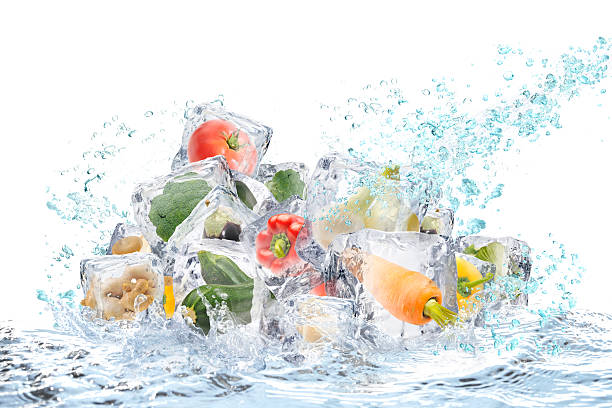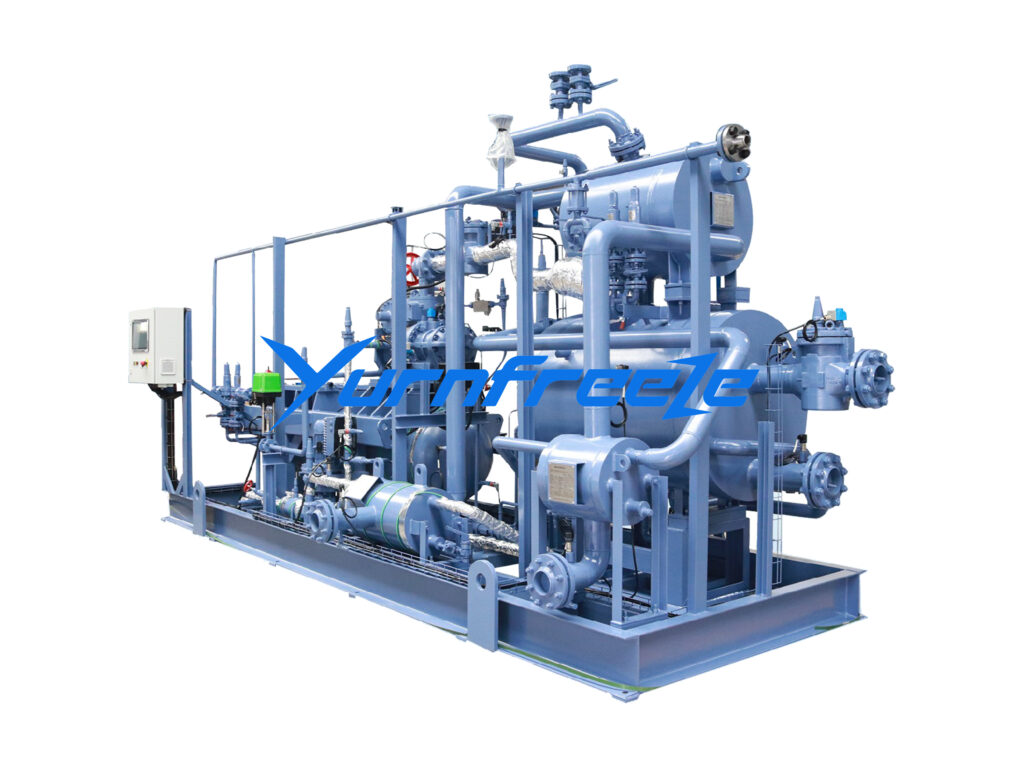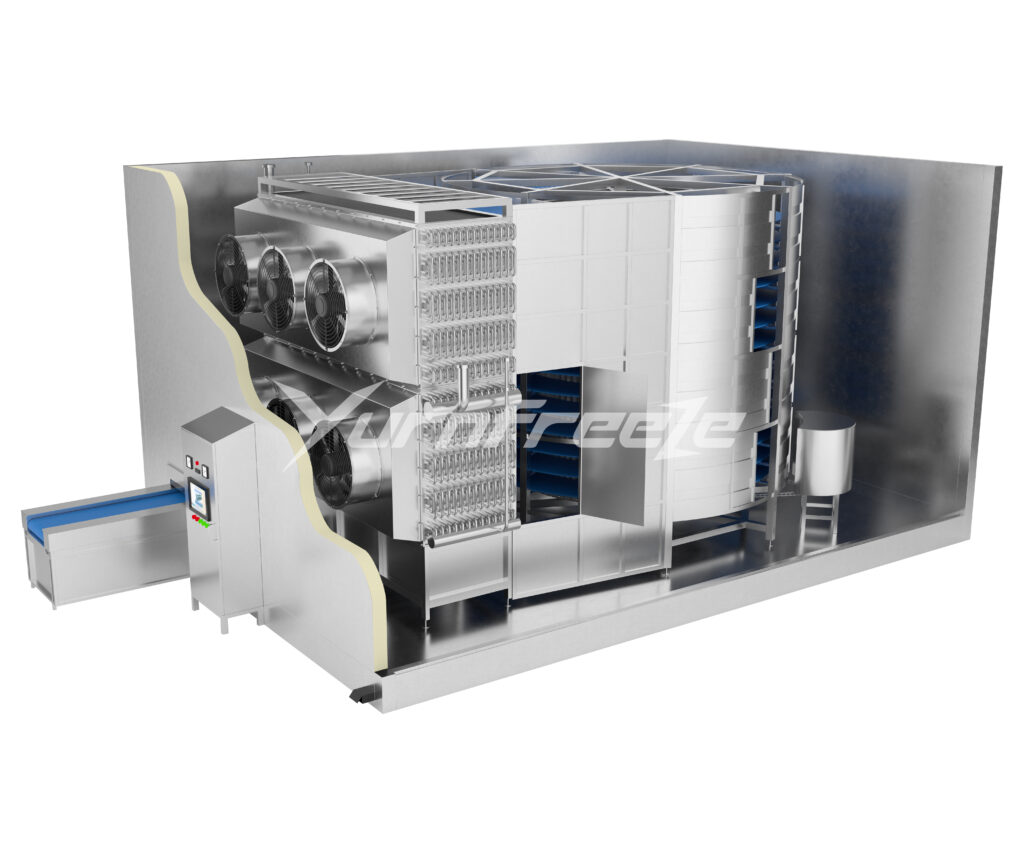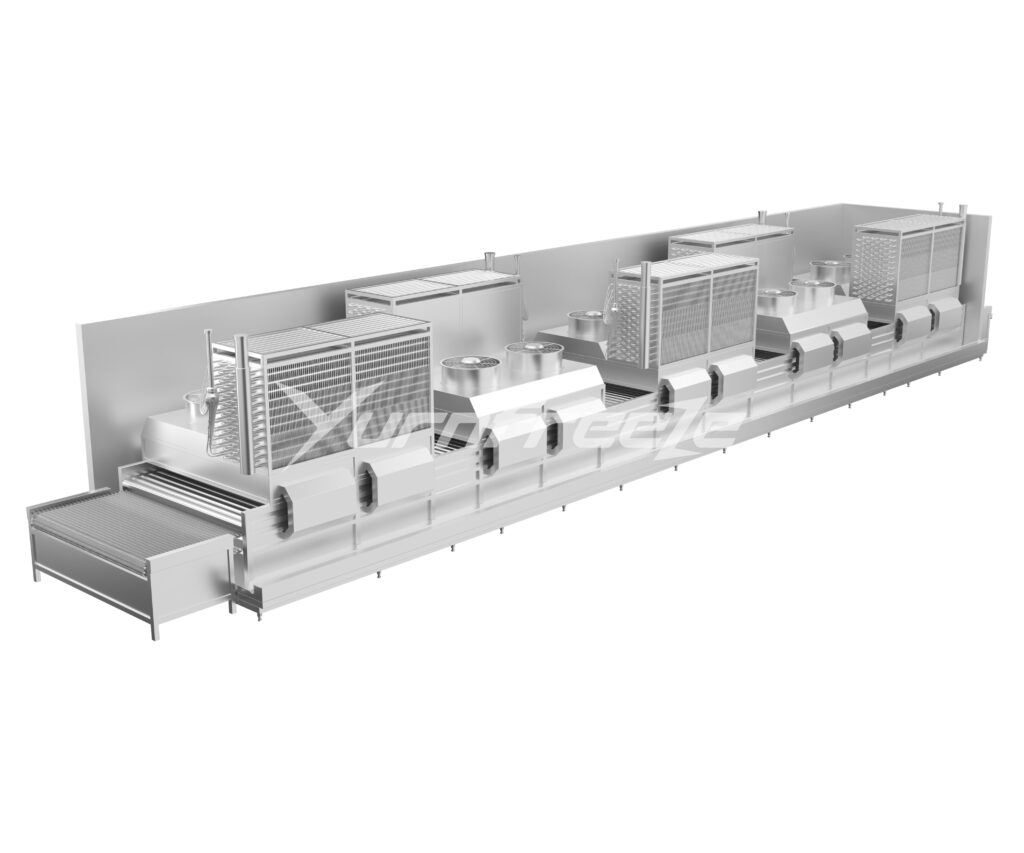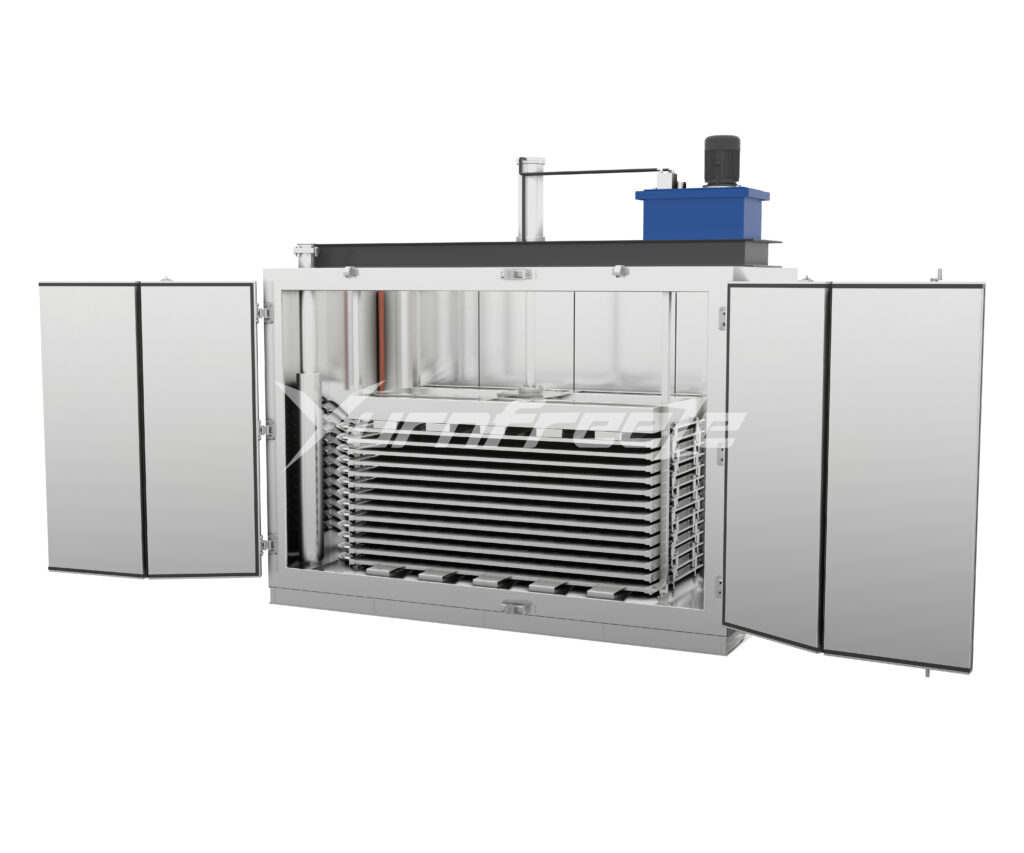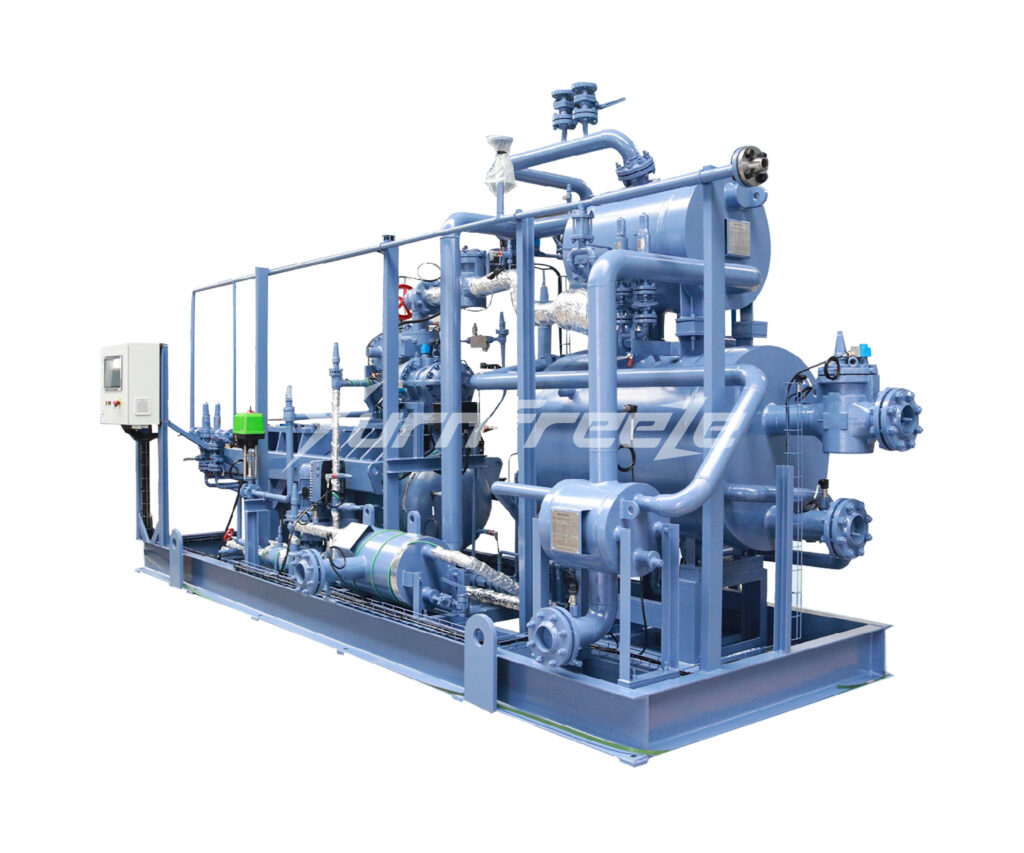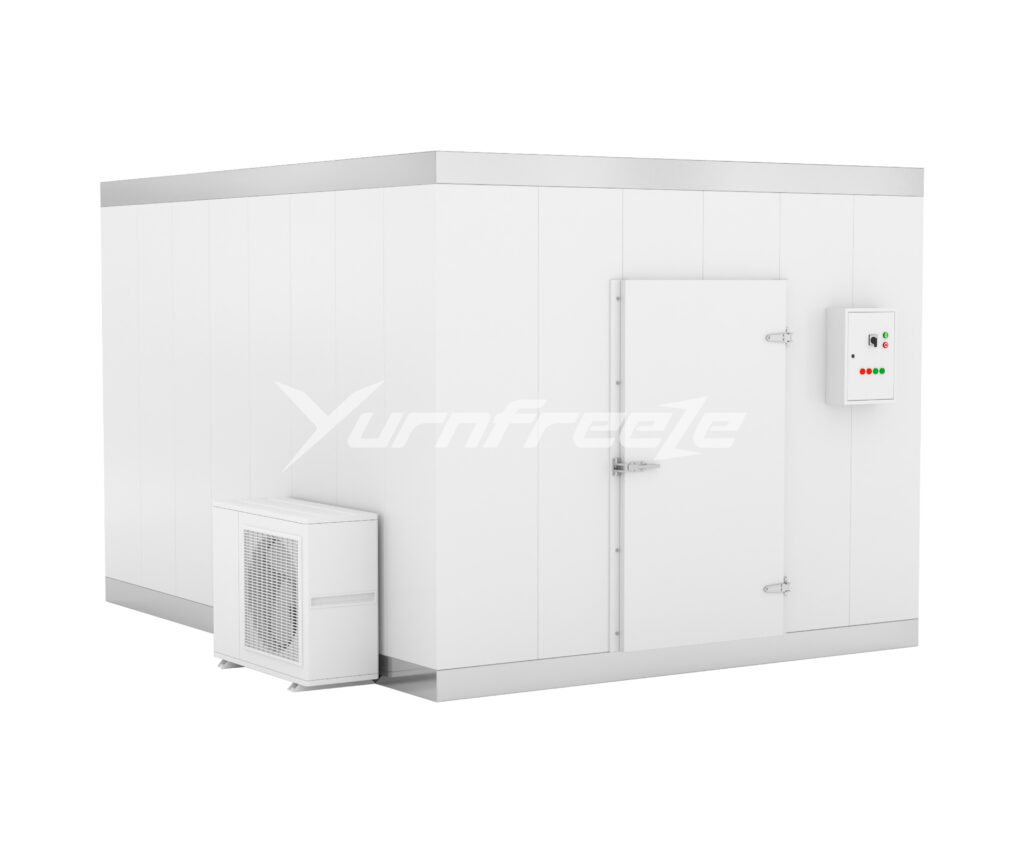Fresh? Chilled? Frozen? Quick-frozen?
Seeing these types of meat in the market
Many friends foolishly confuse them
In terms of nutrition, taste, shelf life, and food safety
These four types of meat are actually very different.
- Fresh
Fresh meat refers to meat that has just been slaughtered and processed, and is sold directly without any cooling treatment.
Although fresh meat tastes delicious, it is more likely to breed bacteria, lose moisture, and deteriorate as it is stored for a longer time.
The shelf life of fresh food is very short, usually only 1-2 days. Therefore, the shelf life of many fresh meats does not exceed one day, and fresh meat will be much cheaper at night.
- Chilled
Chilled (cold fresh) refers to meat that is strictly quarantined, and the carcasses are quickly cooled and acid-excreted after slaughter, so that the carcass temperature is reduced to 0°C-4°C, and processed, stored, transported and sold at this temperature.
Chilled meat has undergone a relatively sufficient cooling process, which is also the process of meat maturation, making the meat softer from stiff, more water-holding, tender and delicious.
Chilled meat has a shelf life of about 3-5 days at a fixed temperature of 0-4 degrees Celsius. If this temperature is lost, the meaning of chilled meat is lost. Therefore, the transportation cost of chilled meat is high and the price will be a little higher.
- Frozen
Frozen meat generally refers to meat that is frozen in the freezer in daily life, usually stored below -18°C under normal low-temperature freezing conditions.
Because the temperature drops slowly, the water in the meat will form large ice crystals, destroying the cell structure of the food, causing the loss of nutrients and water, and worsening the taste.
In order to prevent the meat from spoiling easily, frozen meat in supermarkets often contains some food additives, and if the meat is thawed in water, some nutrients will be lost.
- Quick-frozen
Quick-frozen food refers to fish, meat and other foods that have been cut by the manufacturer and quickly frozen at -23~-30℃ or lower using a quick-freezing device.
When food is frozen, the water contained in the tissue freezes quickly, and the ice crystal particles formed are small, which can reduce or prevent the destruction of food tissue and the loss of tissue fluid after thawing, and better maintain the good texture and nutritional content of quick-frozen food.
During storage, quick-frozen food requires a stable low temperature (below -18°C) to prevent the growth of ice crystals.
How to choose correctly?
| type | advantage | disadvantage |
| Fresh | Cheap price, fresh food | Transportation and sales are prone to contamination and deterioration |
| Chilled | Antibacterial and hygienic, easy to eat | Short shelf life, slightly more expensive |
| Frozen | Long shelf life and easy to store | Poor taste and meat quality, loss of nutrients |
| Quick-frozen | Long shelf life and less nutrient loss | The price is slightly higher, and the cold chain transportation requirements are high |
How to thaw scientifically?
It is recommended to take out the ingredients one day in advance and put them in the refrigerator (0-3°C) to thaw, which can preserve the nutrition of the food and is not easy to breed bacteria.
If the outer packaging of the thawed ingredients has been removed, it is recommended to put the ingredients in a drainable container to prevent the melted water from affecting the quality of the ingredients.
If the frozen food needs to be eaten urgently, it is recommended to use a microwave to thaw it.
In addition, it should be noted that it is recommended to use up the thawed food at one time, and it is not recommended to freeze and thaw raw food repeatedly, as it is very easy to breed bacteria.

